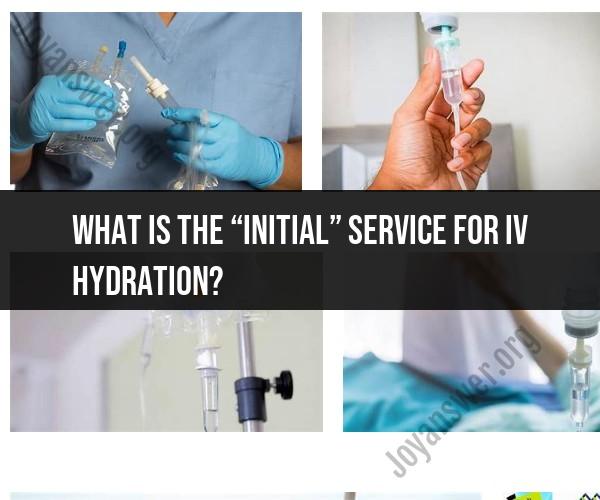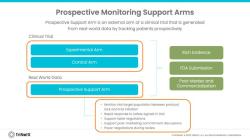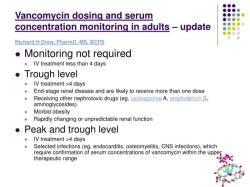What is the “initial” service for IV hydration?
The term "initial service" for IV hydration typically refers to the initial assessment, evaluation, and administration of IV fluids to address dehydration or fluid imbalance in a patient. This is the starting point of IV hydration therapy and involves several key clinical steps:
Assessment and Diagnosis:
- Healthcare providers assess the patient's medical history, including any underlying medical conditions, recent illnesses, medications, and symptoms of dehydration.
- They perform a physical examination to evaluate vital signs (e.g., heart rate, blood pressure, respiratory rate), skin turgor, mucous membranes, and signs of dehydration (e.g., dry mouth, sunken eyes).
- Based on the assessment findings, they diagnose the type and severity of dehydration (e.g., isotonic, hypertonic, hypotonic).
Treatment Plan:
- Once the type and severity of dehydration are determined, healthcare providers create a treatment plan that outlines the appropriate IV fluid therapy.
- The plan specifies the type of IV fluids to be administered (e.g., normal saline, lactated Ringer's solution), the rate of administration, and any additional interventions (e.g., electrolyte replacement).
Informed Consent:
- Before initiating IV hydration, healthcare providers obtain informed consent from the patient or their authorized representative. They explain the purpose, risks, benefits, and alternatives of the procedure.
IV Line Insertion:
- A sterile IV line is inserted into a suitable vein, typically in the patient's arm or hand. Proper aseptic technique is used to minimize the risk of infection.
- Once the IV line is in place, it is secured to prevent dislodgment.
IV Fluid Administration:
- IV fluids are administered at the prescribed rate and volume, as specified in the treatment plan. The flow rate may be adjusted based on the patient's age, weight, and clinical condition.
- Healthcare providers closely monitor the IV infusion to ensure proper flow and to check for signs of complications (e.g., infiltration, phlebitis).
Patient Monitoring:
- Continuous monitoring of the patient is essential throughout IV hydration therapy.
- Vital signs (e.g., blood pressure, heart rate) are checked regularly to assess the patient's response to treatment.
- Input and output measurements (e.g., urine output) may be recorded to assess fluid balance.
Documentation:
- Comprehensive documentation is essential. Healthcare providers record details of the assessment, treatment plan, IV fluid administration, vital signs, and any changes in the patient's condition.
- This documentation ensures accurate and thorough patient care and provides a record for ongoing monitoring.
Reassessment:
- Periodic reassessment is conducted to evaluate the patient's progress and adjust the treatment plan as needed.
- Reassessment includes checking for signs of improvement, resolution of dehydration symptoms, and maintenance of electrolyte balance.
The "initial service" for IV hydration represents the beginning of the therapeutic process, and it sets the stage for ongoing care and treatment. It is essential for addressing dehydration promptly and effectively, especially in cases where rehydration is urgently needed due to illness, surgery, or other medical conditions.












